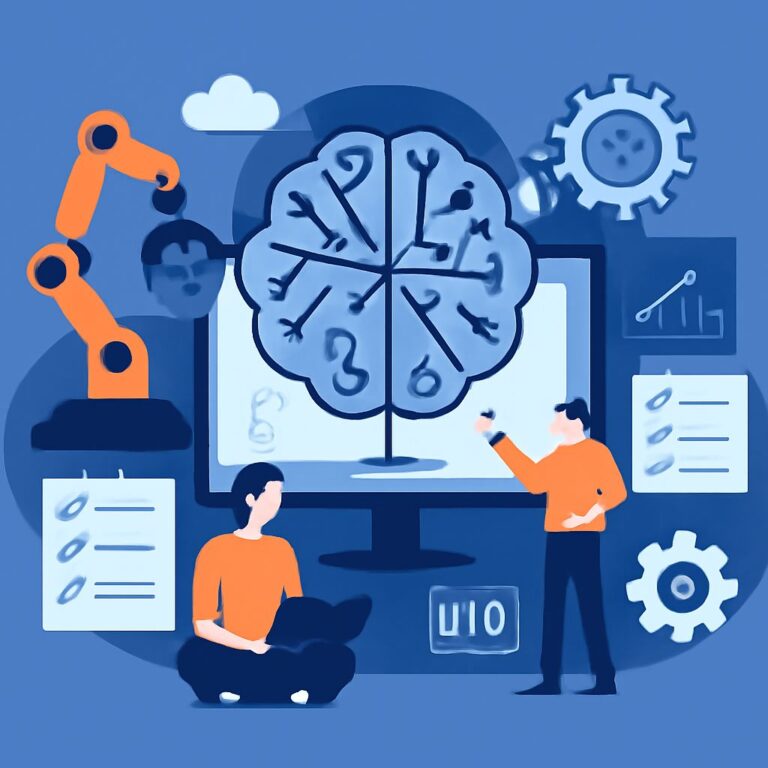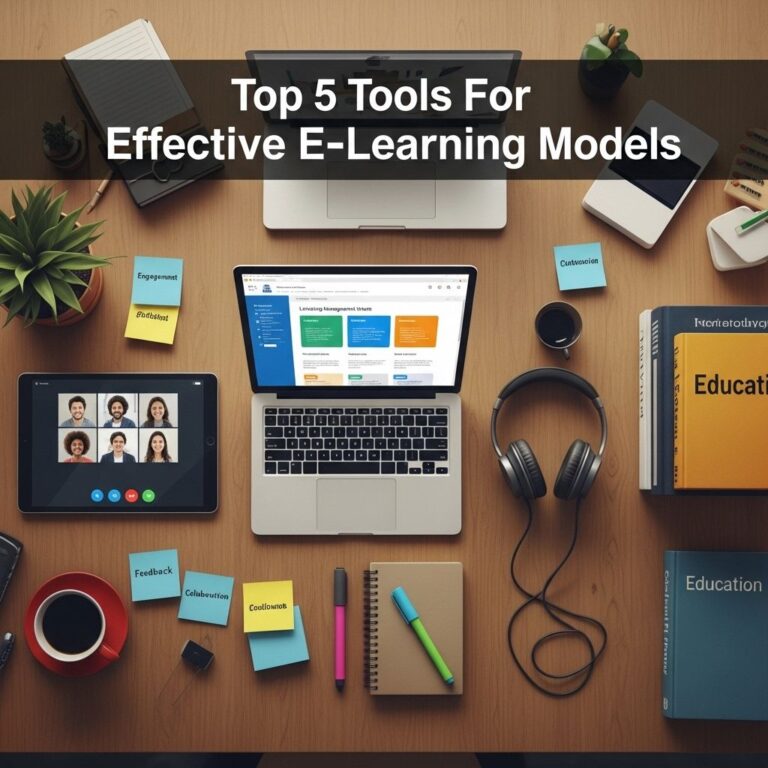Table of Contents
Essential Machine Learning Tools for Developers in 2025
As we step into 2025, the field of machine learning (ML) continues to evolve rapidly. With the increasing complexity of data and the need for sophisticated algorithms, developers require robust tools to create impactful machine learning applications. This article explores some of the essential machine learning tools that have become indispensable for developers in 2025.
1. Python Libraries
Python remains the dominant programming language for machine learning, primarily due to its rich ecosystem of libraries. The following libraries are essential for developers:
- TensorFlow: This open-source library developed by Google is popular for building neural networks and deep learning models. It offers flexibility and scalability, making it suitable for both research and production.
- PyTorch: Known for its easy-to-use interface and dynamic computation graph, PyTorch is favored by researchers and developers for its efficiency in prototyping and deployment.
- Scikit-learn: A robust library for traditional machine learning algorithms, Scikit-learn is ideal for data preprocessing, model selection, and evaluation.
- Keras: Integrated with TensorFlow, Keras provides a high-level interface that simplifies the process of building neural networks.
- Fastai: Built on top of PyTorch, Fastai aims to make deep learning more accessible. It offers high-level components that enable developers to build complex models with fewer lines of code.
2. Integrated Development Environments (IDEs)
Using a suitable Integrated Development Environment (IDE) can significantly enhance a developer’s productivity. In 2025, the following IDEs are popular among machine learning developers:
| IDE | Features | Suitability |
|---|---|---|
| Jupyter Notebook | Interactive coding, visualization, and documentation. | Data analysis and exploration. |
| PyCharm | Powerful code analysis, debugging, and integration with scientific libraries. | General Python development. |
| Visual Studio Code | Lightweight, extensible, and supports a wide range of programming languages. | Versatile development environment. |
| RStudio | Designed for R programming, excellent for statistical analysis and visualizations. | Data science and statistical modeling. |
3. Data Visualization Tools
Effective data visualization is crucial for understanding trends and patterns within data. Here are some tools that are essential for data visualization in 2025:
- Tableau: A leading data visualization tool that enables developers to create interactive and shareable dashboards.
- Matplotlib: A comprehensive Python library for creating static, animated, and interactive visualizations.
- Seaborn: Built on Matplotlib, Seaborn provides a high-level interface for drawing attractive statistical graphics.
- Plotly: Known for its ability to create complex visualizations with ease, Plotly is popular for web-based interactive visualizations.
4. Model Deployment Tools
Once models are trained, deploying them efficiently is the next critical step. In 2025, the following tools help streamline the deployment process:
- Docker: A platform that enables developers to package applications in containers, ensuring consistency across different environments.
- Kubernetes: A powerful orchestration tool for managing containerized applications, ideal for scaling machine learning models.
- MLflow: An open-source platform for managing the ML lifecycle, including experimentation, reproducibility, and deployment.
- Seldon: A machine learning deployment platform that helps automate the deployment of models into production.
5. Cloud Platforms
Cloud computing has transformed the way machine learning applications are developed and deployed. In 2025, developers rely on the following cloud platforms for ML:
| Cloud Platform | Features | Benefits |
|---|---|---|
| Google Cloud AI | Offers a suite of tools for machine learning, including AutoML and pre-trained models. | Scalability and access to powerful hardware. |
| AWS SageMaker | Provides a comprehensive environment for building, training, and deploying ML models. | Integration with other AWS services. |
| Microsoft Azure ML | Offers a range of tools for model building, training, and deployment, along with strong integration with Azure services. | Enterprise-level support and compliance. |
| IBM Watson Studio | Provides collaborative tools for data scientists and developers, facilitating model development. | Robust collaboration and governance features. |
6. Data Management Tools
Managing data efficiently is critical for successful machine learning projects. The following data management tools are essential in 2025:
- Pandas: A powerful Python library for data manipulation and analysis, Pandas provides data structures that make working with structured data easy.
- Apache Spark: A distributed computing system that allows for processing large datasets quickly, ideal for big data applications.
- Apache Kafka: A distributed streaming platform that is used for building real-time data pipelines, ensuring seamless data flow.
- DataRobot: A platform that automates the process of building and deploying machine learning models while managing data efficiently.
7. Collaboration Tools
Collaboration is key in machine learning projects, especially when teams are distributed. The following tools facilitate collaboration in 2025:
| Tool | Features | Use Case |
|---|---|---|
| GitHub | Version control for code, easy collaboration, and project management. | Code collaboration and versioning. |
| Slack | Real-time messaging and collaboration within teams. | Team communication. |
| Jira | Project management tool that helps track issues and project progress. | Agile project management. |
| Confluence | Document collaboration and knowledge sharing within teams. | Documentation and knowledge management. |
Conclusion
As we advance into 2025, the tools available for machine learning development continue to diversify, offering developers a plethora of options to choose from. From robust libraries and IDEs to cloud platforms and collaboration tools, selecting the right tools is crucial for successful machine learning projects. By leveraging these essential tools, developers can enhance their productivity, streamline their workflows, and ultimately create more effective machine learning applications.
FAQ
What are the essential machine learning tools for developers in 2025?
The essential machine learning tools for developers in 2025 include TensorFlow, PyTorch, Scikit-learn, Keras, and Apache Spark, which offer advanced capabilities for model building and data processing.
How do I choose the right machine learning tool for my project?
Choosing the right machine learning tool depends on your project requirements, such as the complexity of the model, the size of the dataset, and your familiarity with the tool. Consider factors like community support and documentation as well.
Are there any no-code machine learning tools available in 2025?
Yes, in 2025, there are several no-code machine learning tools available, such as Google’s AutoML, DataRobot, and H2O.ai, which allow users to build models without extensive programming knowledge.
What are the benefits of using open-source machine learning tools?
Open-source machine learning tools provide benefits such as cost-effectiveness, community support, flexibility for customization, and continuous updates from contributors, making them ideal for developers.
How important is collaboration in machine learning development?
Collaboration is crucial in machine learning development as it enables teams to share insights, combine expertise, and enhance model accuracy, ultimately leading to better project outcomes.
What trends should developers watch in machine learning tools for 2025?
Developers should watch trends like increased automation in model training, the rise of edge computing for real-time data processing, and enhanced focus on ethical AI practices in machine learning tools for 2025.


